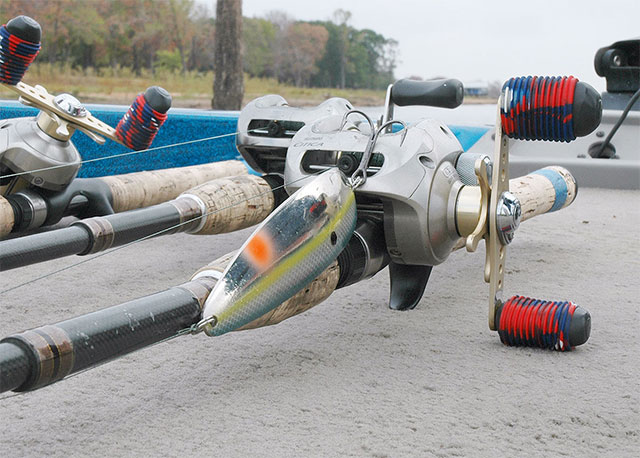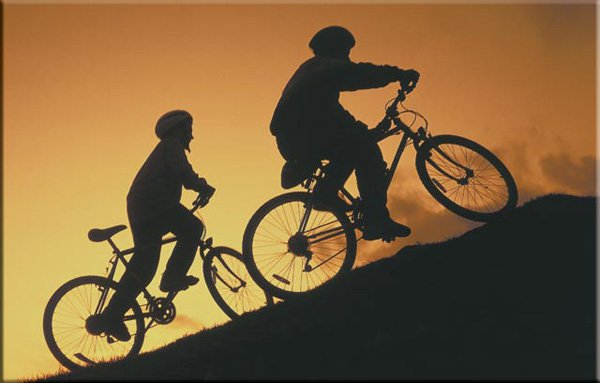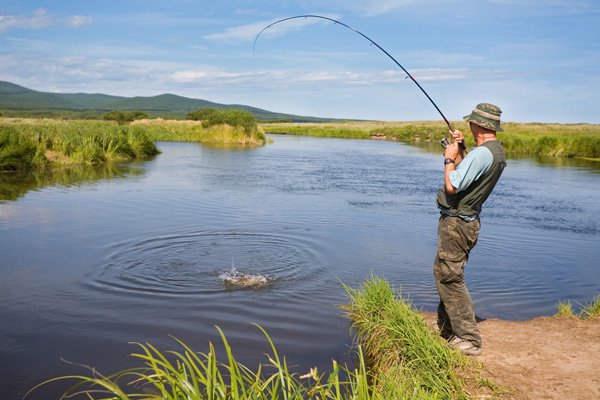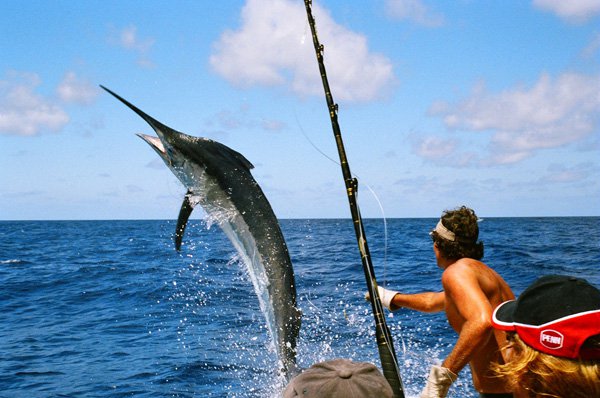
The dog days of summer are the hottest part of the year on most big bass waters found in Texas and across the Deep South.
As temperatures push up towards the triple digits and the water temps aren't far behind, forming a virtual steam bath for largemouth bass finning in the deep stuff.
But that doesn't mean that big bass can't be caught, especially if an angler is willing to throw the kitchen sink at them.
Because when it comes to red-hot late summertime fishing, the truth of the matter is that big flutter spoons can catch the biggest of the season's hefty bass.
Just ask Ronnie Parker, the owner and head man of Lake Fork Trophy Lure company in Emory, Texas, literally located just a hop, skip and a jump down an East Texas highway from the famed Lake Fork.
"Our Lake Fork Flutter Spoon was made famous by (anglers like) Kelly Jordon," Parker told me when I stopped in to visit him a while back.
"He caught something like 20-(plus) pounds in eight and a half minutes on Ultimate Match Fishing while fishing a flutter spoon (one time)," he added.
"It was known for a long time as the best eight and a half minutes of fishing footage ever filmed."
That UMF episode was filmed on Kentucky Lake, a big deep lake known for its offshore fishing.
But the technique will work on numerous big bass waters where the fish go deep when the heat is on, whether it's Kentucky Lake, Lake Fork or a host of other waters across the country.
"It's a game changer, especially in deep water when these fish move out," said Parker.
"We start fishing these spoons here (on Fork) as early as late May or early in June," said Parker. "And frankly, we'll often fish them all summer (long) and on into the fall.
"Once fish go deep, you've got to have the right mechanism to catch them, the right lure to catch them," he added. "Oftentimes, they'll suspend and these flutter spoons will catch them when nothing else will."
How does Parker recommend fishing the LFT flutter spoon?
"It's not fished like most people think," he said. "It's not a vertical jigging spoon, it's a casting spoon."
Meaning what?
"We fish it – and we learned this from Kelly Jordon, Mark Pack and some others – by casting the spoon past a school of fish that we've found," said Parker.
Once the spoon hits the water, Parker said he'll let it go to the bottom before beginning a slow retrieve.
"I'll fish it back almost horizontally at the upper angle of the rod tip," he said. "Slow rolling it back, then rip it about four times or so before letting it fall back, or flutter, to the bottom."
That's when a big bass often can't stand it anymore.
"They'll usually hit it on the fall," said Parker. "Your first reaction on feeling any sort of line movement is to set the hook. But a lot of times, they'll come by and the first slap is just that, a slap to stun the baitfish.
"The second thing you feel is often when they have actually taken the bait and the hook-set is necessary. They'll often fool you on that first slap, though."
What tackle set-up does Parker recommend for throwing these big baits?
"We like to throw it on longer 7 ½-foot rods," he said. "Especially rods with an extra fast tip. As for line, we throw it on 20- and even 25-pound fluorocarbon. It's a big fish lure, especially when it's a 5-inch spoon.
"You've also got to have a good reel with a lot of line capacity," he added. "Because it will throw a long way, as you might imagine. That's a 1.2-ounce spoon and it lets you cover a lot of water efficiently."
Parker said that for a number of years now, the best size for a flutter spoon on Lake Fork is the 5-inch version of the lure that LFT makes.
But what about the best color?
"The best color around here (on Fork) is the barfish color," he said. "But in a lot of places, it is the Magic Shad color that we produce.
"But they are both awfully good."
Especially when fished in the right spots.
"It's meant to be fished on schooled fish (on underwater humps) or below baitfish," said Parker. "We'll first look for the concentration of game fish on such spots, then we'll cast it past them and bring that spoon back through (the school)."
One thing that Parker does caution anglers to keep in mind is that throwing the spoon in timber – even where plenty of grouped up bass are found – is sure to help his business out.
Why? Because the exposed treble hook at the end of the spoon will tend to get caught up in such flooded timber.
"We don't throw it in the trees," he laughed. "Instead, we throw it on flats, on extended points, and on humps and such. That's where they are deadly.
During the hottest part of the year: "We catch a lot of big fish on these flutter spoons during the summer months," Parker added.
Even with the air temperature pushing 100 degrees and the water temperature pushing 90 degrees.
A time that is tailor made for throwing a big flutter spoon on Lake Fork and other big bass waters across the nation.
The bottom line is that when it comes to catching a lunker bass when the heat is on, there's no better method than throwing the kitchen sink at them.
Because there are few better choices at the end of rod-and-reel right now than a flutter spoon as big as Texas.

Canada Doing some fishing Manual Be aware of Things That Will Crack Your holiday

Enjoy Day trip Around Key Biscayne With Nomad fishing Charter

Copyright © www.mycheapnfljerseys.com Outdoor sports All Rights Reserved